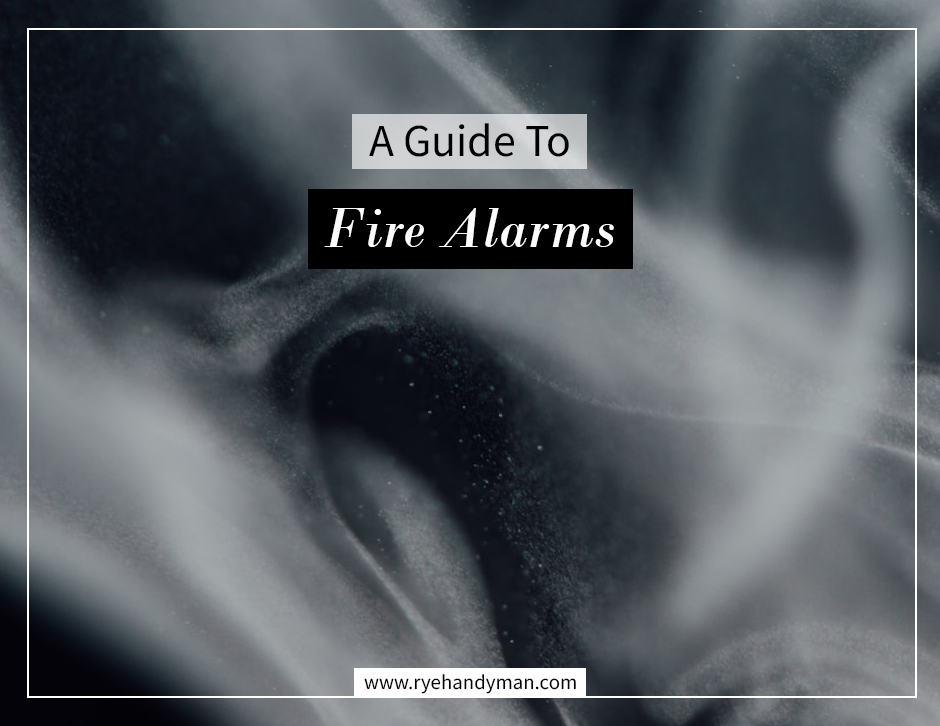
A Guide To Fire Alarms

According to UK Government statistics, during 2018/2019, there were 29,570 domestic home fires in England. 25% of these had no alarm present, and 31% of these had an alarm but it either failed to operate or failed to raise an alarm.
While there are fire safety regulations for commercial properties, properties converted for other uses, places of multiple dwellings etc, and all domestic dwellings during the building process, in private dwellings fire safety responsibility falls to the homeowner. It’s strongly recommended to have fire alarms as well as carbon monoxide alarms.

Types of alarms:
Heat (Thermal) – these detect drastic temperature changes using built-in thermometers. Always use a heat sensor and not a smoke detector in kitchens.
Ionisation – sensitive to particles in smoke, so bedrooms will be most suitable for this kind of alarm. Don’t place them in kitchens as they may set off as false alarms.
Optical – using infra-red and optical sensors they can detect both fast-burning and slow-burning fires. These can be placed in bedrooms, dining rooms, hallways and sitting rooms.
Combined – various sensors react to all types of fires. These are good for bedrooms, dining rooms, hallways and sitting rooms but not for kitchens.
Carbon monoxide – although not a fire alarm, these detect the odourless gases which can be produced when a carbon-based fuel hasn’t burnt properly (usually in boilers, some heating, blocked chimney flues etc). A carbon monoxide alarm should be placed in every room where there is a fuel burning appliance such as a wood burner, gas fire etc.
For the hard of hearing there are strobe light and vibrating pad alarms which can be purchased through local electrical suppliers.

Alarms should be interlinked to ensure that if one goes off, it sets off others in the house so the occupant is aware wherever they are. You can choose between battery-powered or mains-powered (which should be installed by a qualified electrician) but even mains must have a battery back-up to ensure they can still work if there is a power failure.
Place alarms on every level of the house. Hallways and landings are ideal to ensure you can hear the alarms throughout the house, but avoid difficult to reach areas like above the stairs. If you’re putting one in a room, central is best.
Check alarms once a month. Never disconnect them or remove the batteries if they’ve gone off by mistake.
Change the battery once a year (or however often the manufacturer states you should). If you’re happy to pay more, you can purchase 10-year sealed battery alarms which means you won’t have to keep remembering to replace them.
Replace the whole unit every 10 years (for smoke alarms – carbon monoxide alarms should be replaced every 5-7 years).
Keep alarms clean, if they get clogged up with dust they do not work as well and might not work in an emergency situation. Do not paint over them when you’re redecorating as this could prevent them from working.
Safety is priority, so always follow government advice and regulations.




